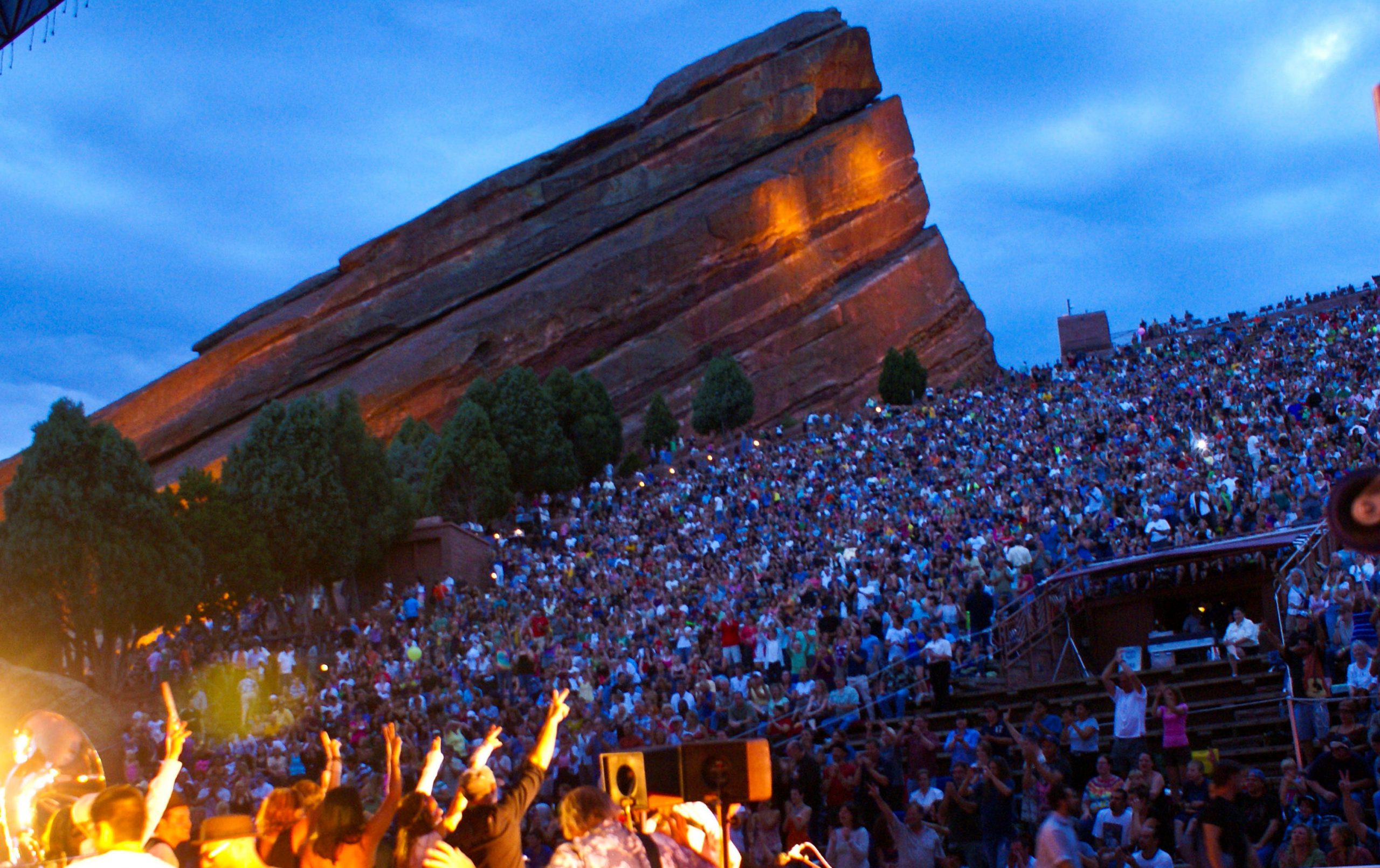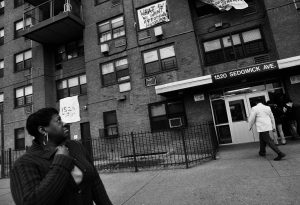Broken glass everywhere/ People pissin’ on the stairs, you know they just don’t care/ I can’t take the smell, can’t take the noise/ Got no money to move out, I guess I got no choice/ Rats in the front room, roaches in the back/ Junkies in the alley with a baseball bat/ I tried to get away but I couldn’t get far/ Cause a man with a tow truck repossessed my car
— Grandmaster Flash and the Furious Five, 1982
Life in the so-called inner city has always been a major theme in hip-hop. From the desolate state of the Bronx Projects described in Grandmaster Flash’s “The Message” to the poor conditions in parts of Brooklyn and Queens recounted by artists like Jay Z, Biggie, and Nas, rappers have used their music to offer a glimpse into urban spaces across the United States. For decades, they’ve used verses and hooks to allude to the relationship between hip-hop and architecture — overcrowded, dilapidated towers have been the backdrop of the genre since its inception. But that relationship is more significant than it appears to be, says architect and designer Mike Ford, whose pioneering research in the field of hip-hop-inspired architecture has earned him a fitting sobriquet: The Hip-Hop Architect.
Ford, who was born in Detroit and studied architecture at the University of Detroit Mercy, is shedding light on how the historical failures of urban planners and policy-makers working in black and Latino communities actually led to the creation of hip-hop. Last week, those failures, and their sociopolitical implications, were confronted by The Get Down, a new Netflix show chronicling the birth of hip-hop in the burning Bronx of the ‘70s. The series’ opening song, recorded by Nas and Michael Kiwanuka, lines up perfectly with Ford’s research: Six powerful men put New York through some drastic times/ The rich and selfish ones feed off the welfare ones/ And which borough suffered the worst? Hmm where I’m from, the Bronx, Nas raps.
In addition to his research and design work, Ford recently became the lead architect for the Universal Hip Hop Museum, a Bronx-based project that seeks to celebrate and preserve the genre’s history. When The FADER recently spoke to him via Skype, Ford explained how poor urban planning sparked the birth of a multi-billion dollar genre.
Read the interview with Mr. Ford here:
http://www.thefader.com/2016/08/18/hip-hop-architecture-mike-ford-interview
[Original article includes a video.] [Thank you to Alex Teitz, http://www.femmusic.com, for contributing this article.]

